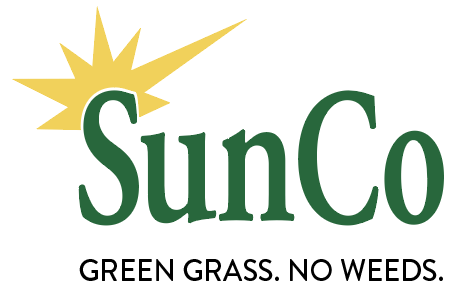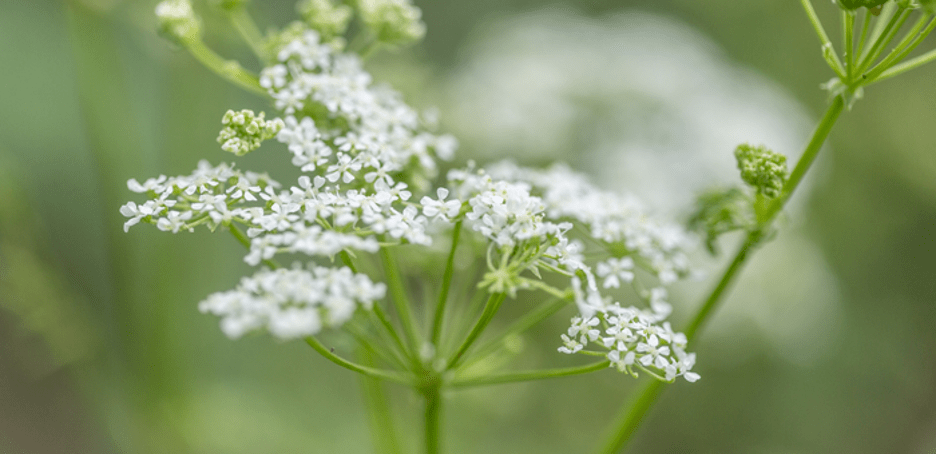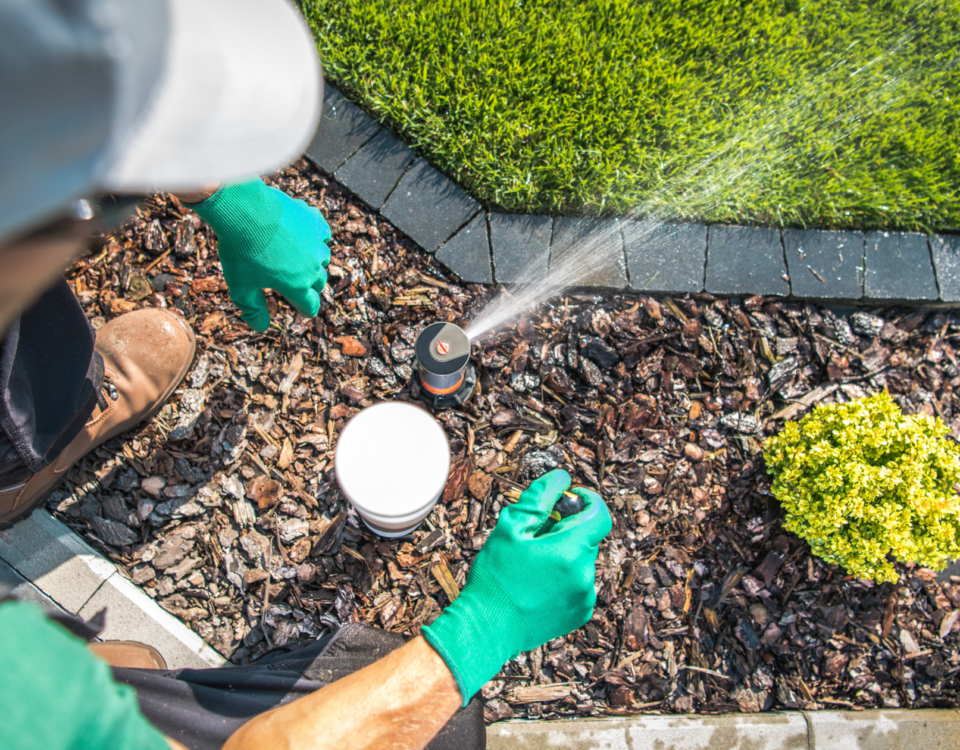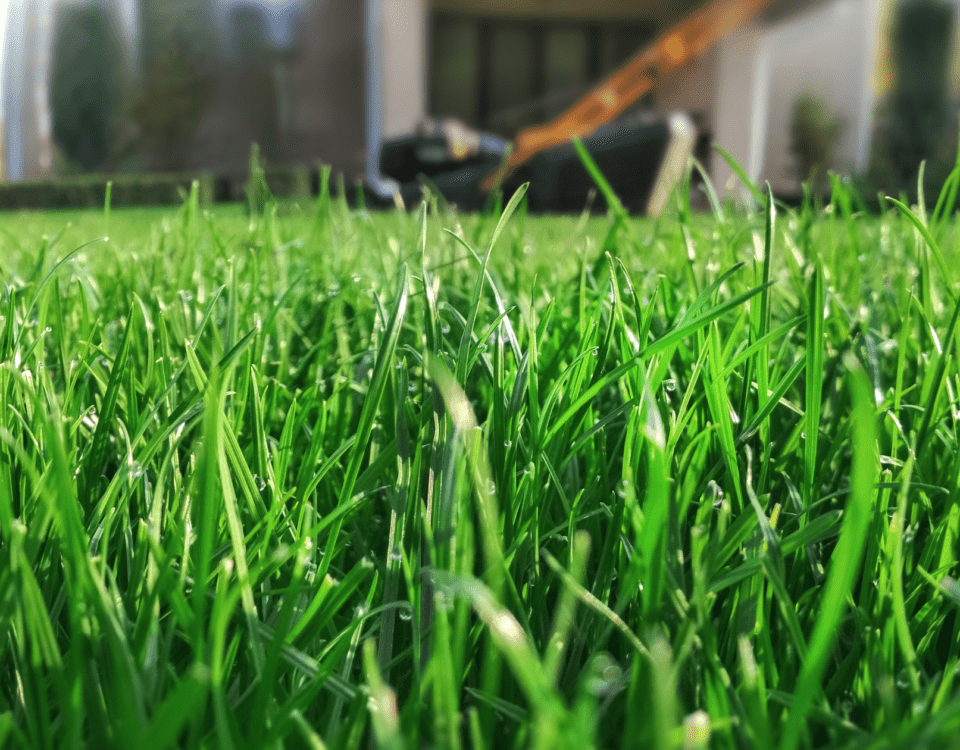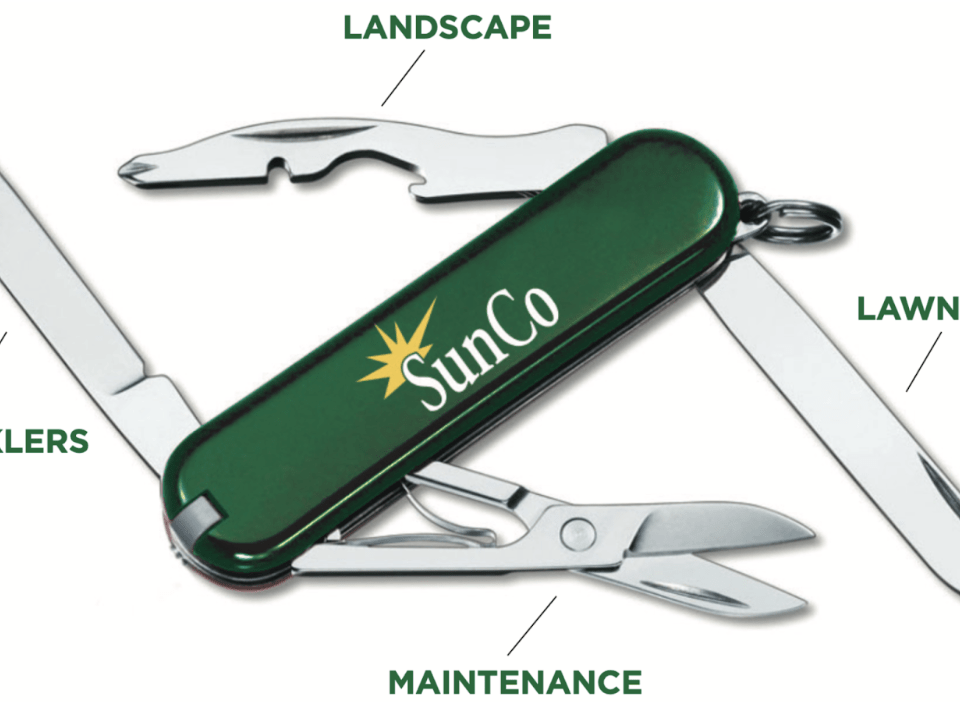
The Benefits of Plant Containers
September 26, 2022
Freshen Up For Fall
October 7, 2022While humans aren’t grazing the land like livestock, there is one plant sweeping the Midwest that you may brush up against.
Tempted to Stop and Smell the Roses
A recent report brings attention to a story of a 9-year-old girl playing at a neighborhood park in Papillion. Naturally, a friend picked a ”pretty flower” and handed it to the girl to smell. Within the hour, the girl was covered in hives. The culprit – poison hemlock.
This plant appears harmless with its small leaves and flowers, as opposed to the larger leaves seen with poison oak and poison ivy. This sneaky threat has even earned the name of the Nebraska Fern as it has swept across the Cornhusker state.
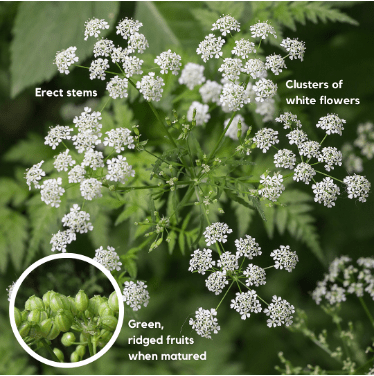
Poison hemlock grows along fence lines, irrigation ditches, and other moist areas. This plant starts growing in the early spring and lasts for 2 years, but in favorable locations, it may become a perennial. This dangerous plant resembles parsley due to its delicate, green leaves and can sprout up to 3 meters tall. As it matures, small clusters of white flowers begin to sprout. These flowers then grow into green, ridged fruits that contain several seeds. All parts of the plant are considered toxic. The toxic compounds found within are coniine, g-coniceine, and related piperidine alkaloids. These compounds can cause deadly effects if consumed and cause skin irritation if touched by both humans and animals.
There’s no wonder why old folklore says that poison hemlock was used to eliminate Socrates, as it can be lethal to animals and livestock if consumed. Symptoms include loss of appetite, nervous trembling, salivation, gastrointestinal irritation, lack of coordination, slow pulse, temporary blindness, muscle paralysis, and coma. Symptoms arise within minutes and can be extremely lethal as there is no antidote. To minimize risk, identify the areas where poison hemlock is present and restrict access to this area or remove the plant completely.
It is important to document any signs of poisonous plants and address the situation head-on. Safely apply treatments or remove the poisonous plants if possible. For more information on poisonous plants in Nebraska and their effects on humans and livestock, refer to the Nebraska Plants Toxic to Livestock publication.
When in doubt or low on time, leave the yard work to us! Schedule a landscape clean-up to remove any sticks, twigs, debris, and dead plants and trim back perennials. Also, explore our other landscape maintenance programs — mulching, bed-edging, and containers.
Schedule a consultation with our Lawn Care Team today
